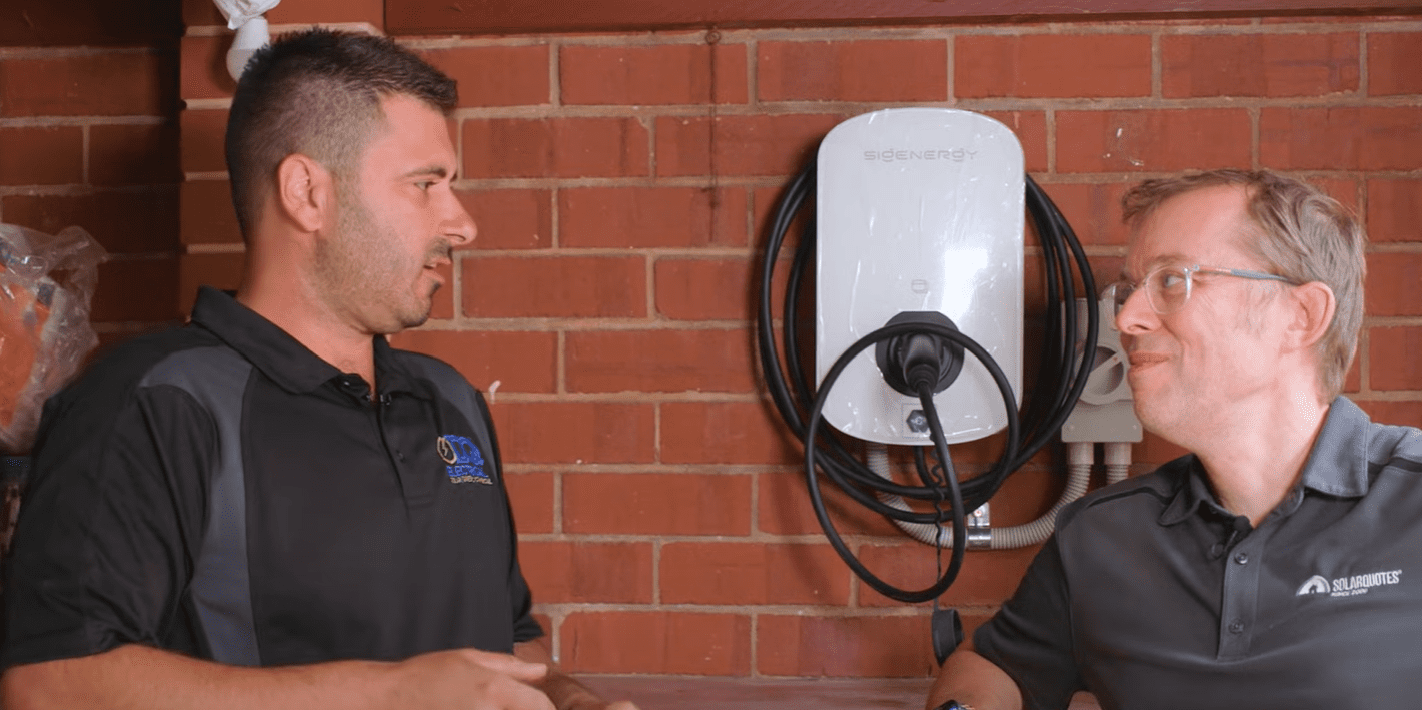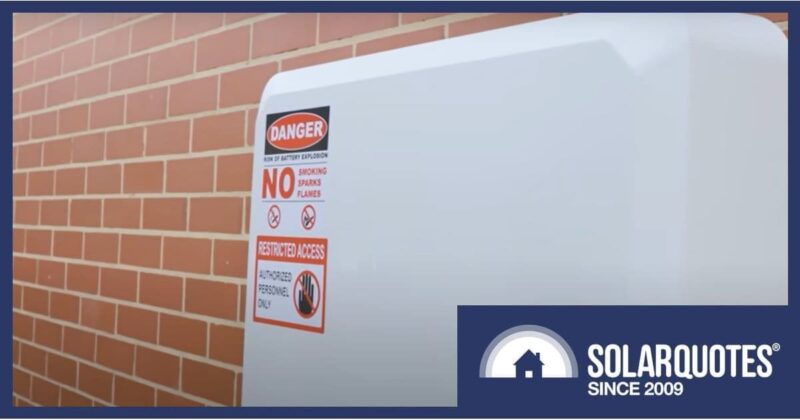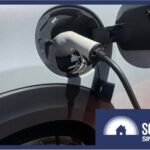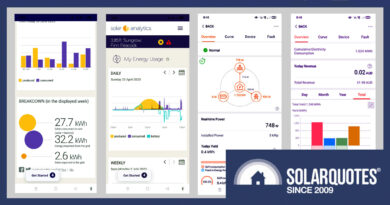EVs Leave Election Petrol Promises In The Dust With FBT Exemptions
 The Coalition has made election promises to temporarily cut taxes and regulations on petrol-guzzling cars. But you could save a lot more through existing Fringe Benefits Tax (FBT) exemptions for EVs, which even encompass charging gear and electricity consumed. Here’s how to zoom past both the tax collector and the petrol pump.
The Coalition has made election promises to temporarily cut taxes and regulations on petrol-guzzling cars. But you could save a lot more through existing Fringe Benefits Tax (FBT) exemptions for EVs, which even encompass charging gear and electricity consumed. Here’s how to zoom past both the tax collector and the petrol pump.
Opposition Leader Peter Dutton has vowed to halve fuel excise for 12 months and abolish incoming fuel efficiency penalties. This potentially reduces some costs for the worst gas-guzzlers, but does nothing to permanently solve the most expensive thing about them: the amount of petrol swallowed up every time these thirsty machines hit the road.
Electric vehicles famously enjoy the financial benefit of being able to whoosh straight past petrol stations without needing to fill up, but they also enjoy lucrative FBT exemptions that don’t rely on an election outcome or new legislation.
Plug-in hybrid vehicles (PHEVs) lost eligibility for the FBT exemption on 1 April 2025, but battery-electric vehicles and hydrogen fuel cell vehicles still qualify, offering far greater savings than temporarily reduced petrol taxes.
Under this policy, a driver who leases a $60,000 car could save close to $12,000 a year if they bought an EV through a novated lease instead of a petrol car.
What Is the EV FBT Exemption?
The EV FBT exemption allows you to lease an eligible electric vehicle through your employer without paying Fringe Benefits Tax. Your car repayments, insurance, registration, servicing, and even charging costs are paid from your pre-tax salary.
To qualify, your car must be:
- Fully electric or hydrogen fuel cell-powered (no hybrids);
- First sold and used after 1 July 2022;
- Priced below the Luxury Car Tax threshold (approximately $89,000–$91,000);
- Provided via an employer arrangement (usually a novated lease).
Popular eligible EVs include the Tesla Model 3 and Y, BYD Atto 3, Kia EV6, Hyundai Kona Electric, Ioniq 5, and Polestar 2.

A BYD Atto, one of the EVs eligible for FBT exemptions.
EV Charging Equipment Is Eligible Too
Not only can you leave the tax collector in the dust with your new EV, you can even keep charging equipment out of their grasp.
Depending on your novated lease provider, you could salary-sacrifice the hardware and installation costs of a home EV charger if they are offered in your lease package. Charging accessories like cables are also eligible for reimbursement, along with insurance and registration costs.
Even ongoing electricity costs can be claimable pre-tax through your lease, as well as public charging costs.

Donato Quattrocchi of DQ Solar & Electrical speaks with SolarQuotes founder Finn Peacock about a difficult install of a Sigenergy home EV charger.
Novated Leases: How They Work
A novated lease involves three parties: you, your employer, and a leasing provider. Here’s the typical process:
- Choose your EV: Avoid dealer-offered extras initially (e.g., window tinting), as they can inflate stamp duty. It’s usually cheaper to add these later;
- Obtain quotes: Leasing quotes often change. Secure at least two formal approvals to confirm exact costs;
- Formal approval: Expect to provide payslips, budgets, and undergo credit checks. Allow a few days;
- Take delivery: Vehicle collection is usually quick, though waiting periods may vary;
- Take in pre-tax savings: Your employer deducts costs pre-tax, reducing your taxable income.
How Much Money Could You Save?
The exact savings you gain from the EV FBT exemption depend on your individual arrangement with your employer. Because no Fringe Benefits Tax is payable on eligible electric vehicles, there’s significant potential for both employer and employee to benefit—but how the savings are shared is ultimately decided between you and your employer.
Typically, employees negotiate to salary-sacrifice all running costs (such as lease payments, registration, insurance, servicing, and charging) from their pre-tax income. This reduces taxable income, delivering substantial tax savings. However, your specific savings depend on factors like income level, car value, lease structure, and the agreement reached with your employer regarding how the savings are allocated.
To fully understand how much you could personally save, speak directly with your HR department or lease provider and get a tailored quote based on your situation.
When Does the EV FBT Exemption End?
There’s currently no set expiry date for battery-electric vehicles (BEVs) or hydrogen fuel cell vehicles. A review is scheduled around mid-2027, but until then, you’re safe to proceed.
Thinking to Go Electric?
With significant tax savings and lower running costs, a novated lease can be a smarter way to own an electric vehicle than buying outright. And if you’re thinking about adding a home EV charger into the equation, check out our comprehensive guide on which brands are best. Just be sure to avoid the headaches that can come with a complicated EV charger install.
Or alternatively, you can get the biggest petrol-guzzling beast you can squeeze into your driveway, and pray that powering a car with petrol magically stops being orders of magnitude more expensive than electricity (especially when paired with solar).
Additional contributions to this article by Bavo Delbeke.
Original Source: https://www.solarquotes.com.au/blog/evs-leave-election-petrol-promises-in-the-dust-with-fbt-exemptions/


















